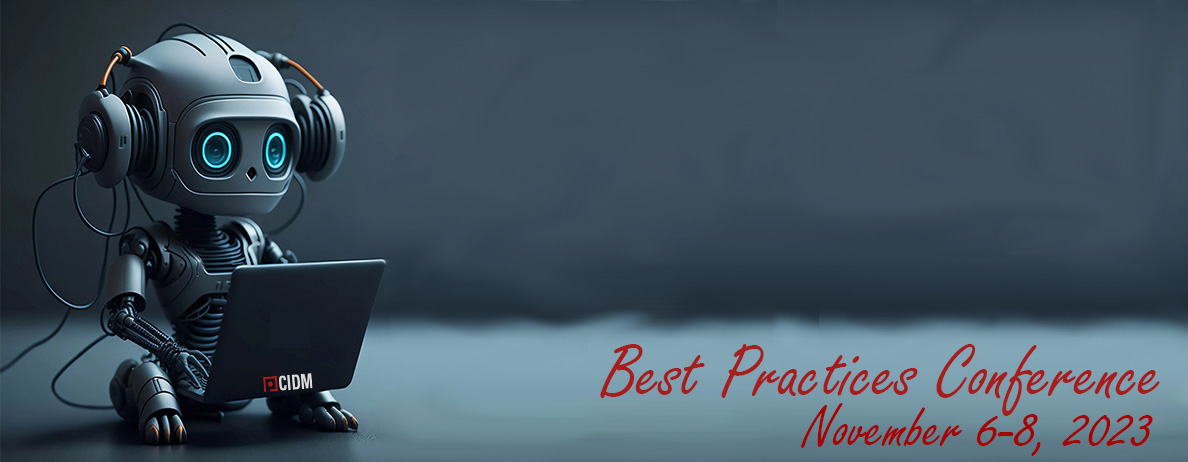A Journey through Quality Definitions and Measurement
How can we engage product teams in meaningful conversations about the quality of our documentation?
It’s difficult to get specific, actionable feedback on our product documentation. When we ask product teams about the quality of our docs, we hear only the negative, and in very general terms–product teams tend to hear only complaints from customers and often don’t probe deeper. When we get feedback directly from customers, we hear about the entire product experience, from sales to deployment to UI design, and it’s often complicated to pull out the feedback that is specific to documentation. In addition, everyone tends to group all product information together, whether the source is from marketing, from support, from our team—everything written is documentation.
So, how do we move from “we hear the docs are bad” to “here are the quality measurements for our user documentation”?
At VMware we decided we should define for product teams what exactly is quality documentation for the administrators, developers, and end users who work on our complex enterprise software products. Using a methodology called Flawless Execution, we organized a quality campaign, with small teams engaged in missions around specific aspects such as visual effectiveness, technical accuracy, tone, audience targeting, SEO, and content reuse effectiveness. We added missions on web analytics and docs feedback to make sure we could track metrics that were important to our missions. Each mission defines our approach to quality, and, at completion, we will have a strong, measurable standard.
The next challenge is how to simplify and quantify our results for our product teams and create a dashboard for executives. For that best practice we turned to our colleagues at Dell EMC. Dell has created a methodology for measuring document quality—and for competitive analysis across different kinds of content. This methodology helps drive continuous improvement across content. The assessment is both quantitative and qualitative with a numerical scoring system that has a scale of 0-10 and qualitative appraisals in the form of text comments. Dell also employs a best practice where content teams conduct competitive benchmark assessments on a regular basis to measure content quality across all product lines. There are various case studies and success stories which indicate that this methodology can measure quality of content and benchmark quality against competitors. We will walk you through some of these success stories in the course of the presentation.
Meet the Presenters
 Jane Wilson is Senior Manager of Information Experience at VMware. She leads a team of technical writers who create content for End User Computing (EUC) and Integrated Systems Business Unit (ISBU). The EUC offers solutions for the digital workspace as well as desktop and app virtualization, and the ISBU brings software-defined data center technology to the mainstream. With 20 years of experience in the discipline of technical communication, Jane is a strong advocate for customer experience, minimal content, and continuous improvement.
Jane Wilson is Senior Manager of Information Experience at VMware. She leads a team of technical writers who create content for End User Computing (EUC) and Integrated Systems Business Unit (ISBU). The EUC offers solutions for the digital workspace as well as desktop and app virtualization, and the ISBU brings software-defined data center technology to the mainstream. With 20 years of experience in the discipline of technical communication, Jane is a strong advocate for customer experience, minimal content, and continuous improvement.
 Liane Ghosh is Director for the Information Design and Development team at Dell, with 18 years of Industry Experience. The Client Solutions IDD team is based out of Bangalore, Singapore, and the United States and is comprised of teams of dedicated content engineers and designers create content for a vast line-up of products. Liane is dedicated to the leadership principles that are her team’s mantras: a customer first worldview, coupled by a “yes, we can do that” attitude. They collaborate, believe in intellectual honesty, and always push for better solutions.
Liane Ghosh is Director for the Information Design and Development team at Dell, with 18 years of Industry Experience. The Client Solutions IDD team is based out of Bangalore, Singapore, and the United States and is comprised of teams of dedicated content engineers and designers create content for a vast line-up of products. Liane is dedicated to the leadership principles that are her team’s mantras: a customer first worldview, coupled by a “yes, we can do that” attitude. They collaborate, believe in intellectual honesty, and always push for better solutions.
⇐ Return to Agenda
